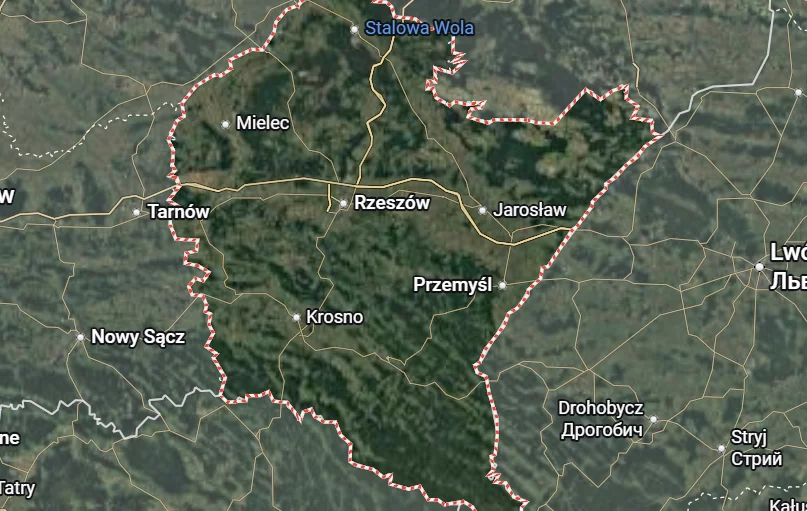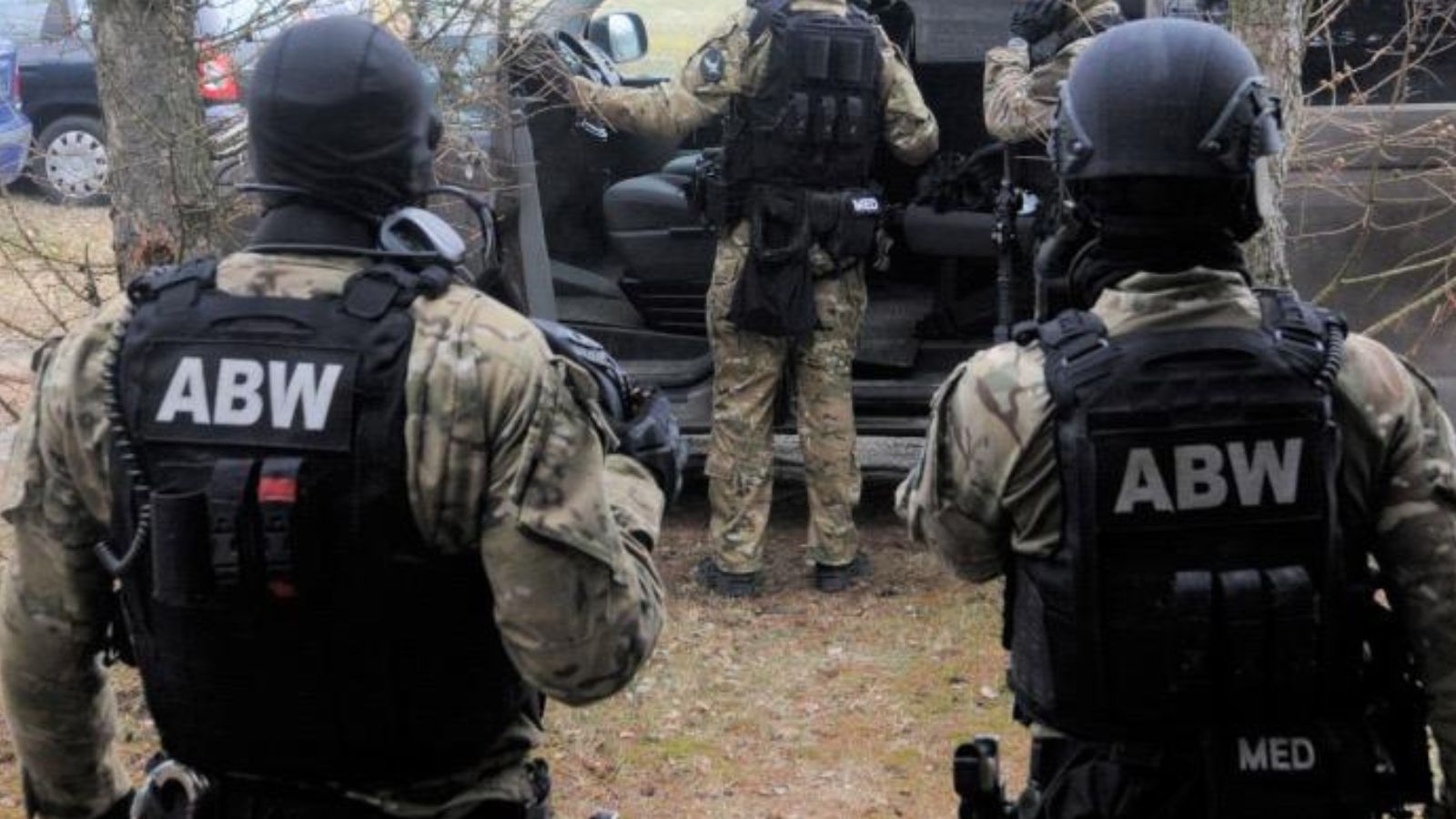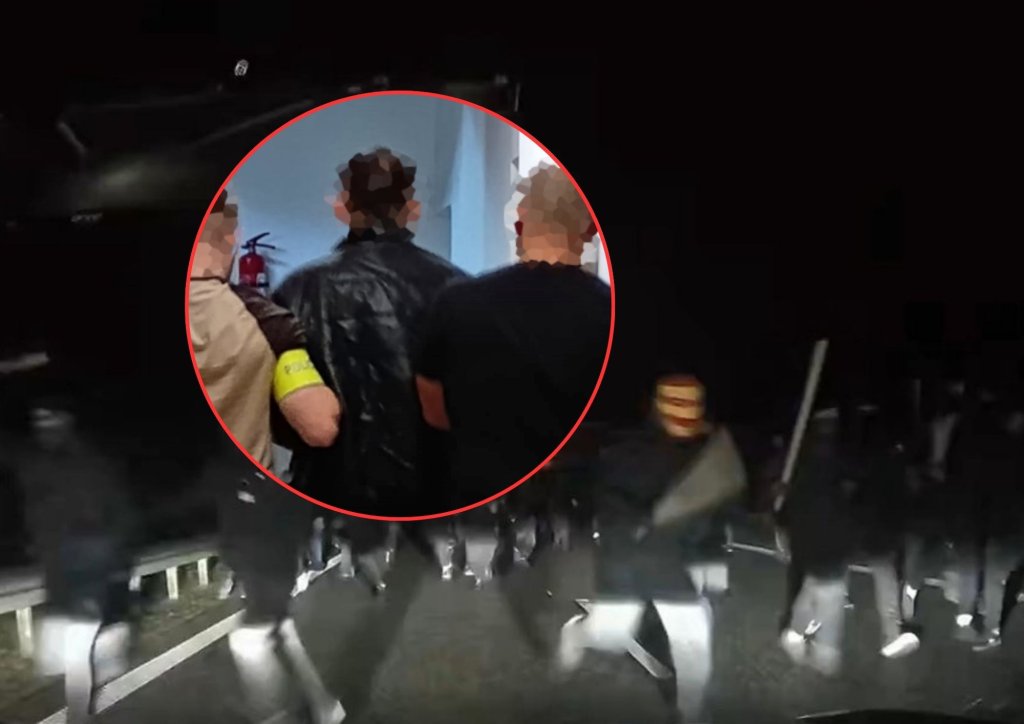
FBI’s 'Raw’ Epstein Prison Video Was Likely Doctored: Wired
In an effort to quell longstanding theories surrounding the death of Jeffrey Epstein, the U.S. Department of Justice this week released nearly 11 hours of what it described as “full raw” surveillance footage from outside Epstein’s prison cell. Instead of ending speculation, the release has introduced new doubts.

According to an analysis conducted by WIRED in collaboration with independent video forensics experts, metadata embedded in the files shows the footage was not a direct export from the prison’s surveillance system. Rather, it appears to have been modified – likely using Adobe Premiere Pro, a professional video editing tool.
The file, investigators say, was assembled from at least two source clips, saved multiple times, exported, and then uploaded to the DOJ’s website, where it was labeled “raw” footage.
„If a lawyer brought me this file and asked if it was suitable for court, I’d say no. Go back to the source. Do it right,” said Hany Farid, a professor at UC Berkeley whose research focuses on digital forensics and misinformation. „Do a direct export from the original system—no monkey business.”
Farid also questioned why the video’s aspect ratio shifted during playback. „Why am I suddenly seeing a different aspect ratio?” he asked.
While experts emphasize that the metadata alone does not prove deceptive intent, they caution that the DOJ’s failure to explain the editing process adds to the cloud of suspicion that has long surrounded Epstein’s 2019 death in federal custody.
Earlier this week, the DOJ released a memo concluding that Epstein had 'no incriminating client list’ and wasn’t murdered later releasing the footage in question.
Again, Bongino’s claim is impossible. Epstein had three other inmates on his cell block, and the camera there wasn’t recording. Even if no one came to kill Epstein from the outside, we can’t rule out these other inmates.
This is from the DOJ-OIG: https://t.co/rsXD2YOFH9 pic.twitter.com/L5Fl29t8r4
— Ken Silva (@JD_Cashless) May 30, 2025
According to Wired, „the video may have simply been processed for public release using available software, with no modifications beyond stitching together two clips. But the absence of a clear explanation for the processing of the file using professional editing software complicates the Justice Department’s narrative.„
For months leading up to the joint memo the DOJ and FBI published Monday, attorney general Pam Bondi had promised the release of records related to Epstein, raising expectations that new, potentially incriminating details might surface about the disgraced financier’s death and his ties to powerful individuals. However, rather than revealing new information, the memo largely confirmed conclusions reached years earlier: that Epstein was found in a Manhattan prison cell on August 10, 2019, and died by suicide while awaiting trial on sex trafficking charges.
To support its conclusion, the FBI reviewed surveillance footage overlooking the common area of the Special Housing Unit (SHU) at the Metropolitan Correctional Center (MCC), where Epstein was held. The FBI enhanced the footage by adjusting contrast, color, and sharpness, and released both the enhanced and what it described as the “raw” version. Both versions of the video appear to have been processed using Premiere and include much of the same metadata. According to the FBI, anyone entering the area containing Epstein’s cell during the relevant time frame would have been visible on that camera. -Wired
According to the metadata from the „raw” file reveals that the video had been saved at least four times on May 23, 2025, by a Windows user named „MJCOLE~1.” The footage references two source clips—“2025-05-22 21-12-48.mp4” and “2025-05-22 16-35-21.mp4” – and Premiere project files, indicating that it was a composite video.
One media forensics expert, who reviewed the metadata and asked not to be named, told Wired “It looks suspicious – but not as suspicious as the DOJ refusing to answer basic questions about it.”
The Department’s handling of the footage has also drawn criticism in light of previous issues at MCC. According to a 2023 report from the DOJ’s Office of the Inspector General, starting on July 29, 2019 – less than two weeks before Epstein’s death – around half of MCC’s 150 analog surveillance cameras stopped recording due to a technical error. Repairs scheduled for the night of August 9 were not carried out because the technician lacked an escort.
Only two cameras were operational in the SHU area at the time Epstein was found hanged: one near the entrance to the 10 South Unit and one by a ninth-floor elevator bay. Neither covered Epstein’s cell door.
What’s more there was a notable gap in the recording: one minute of footage, from 11:58:58 p.m. to 12:00:00 a.m., is missing. The recording resumes immediately afterward.
At a press conference Tuesday, Attorney General Pam Bondi attributed the missing minute to a daily system cycle, claiming that one minute is missing from every night’s recording.
For months, Bondi had promised that the DOJ would release records that could shed light on Epstein’s death. But the new video and memo “largely confirmed conclusions reached years earlier,” WIRED noted, leaving many observers unsatisfied.
Tyler Durden
Fri, 07/11/2025 – 21:00
















